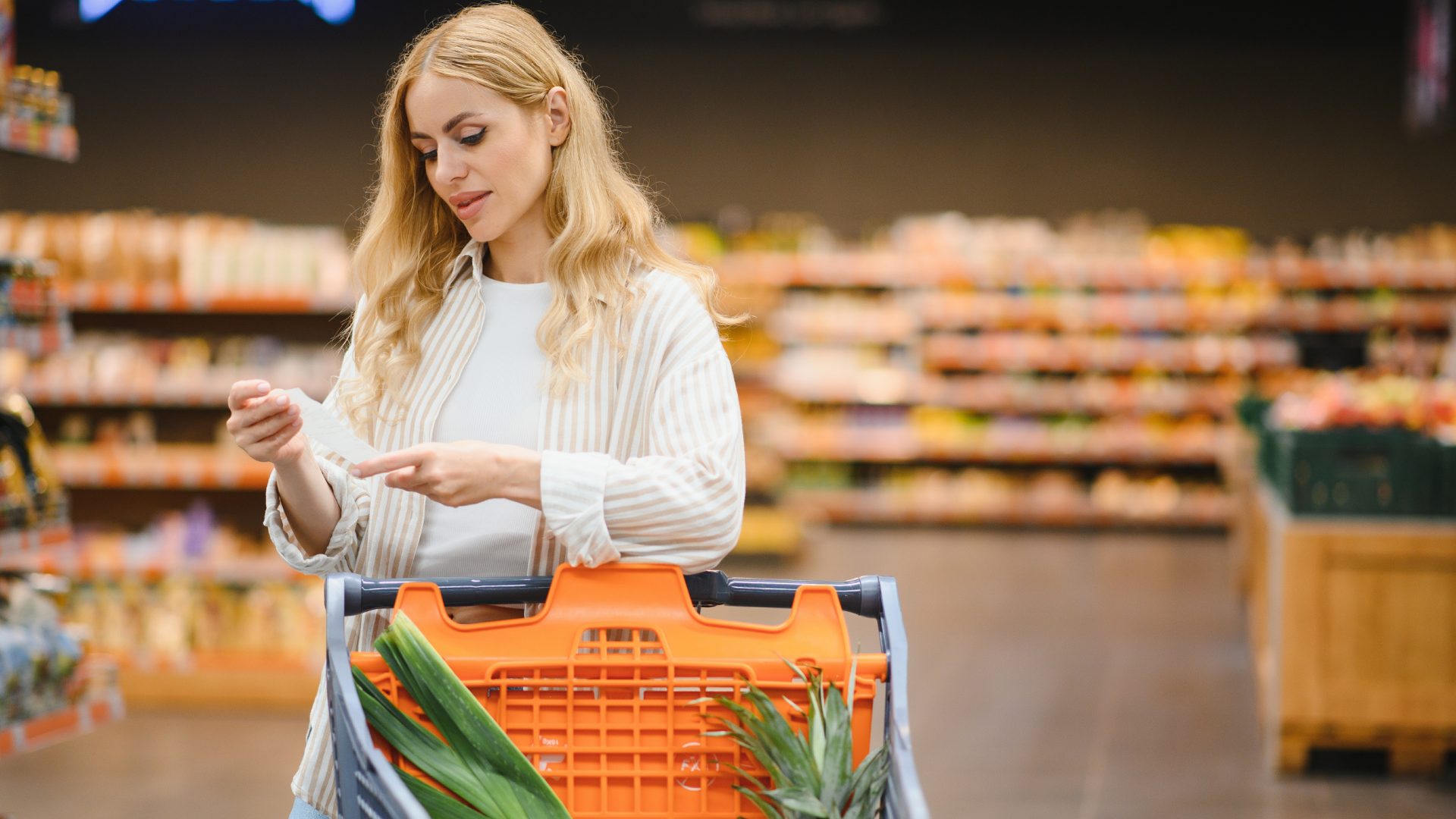Industry analyst Kathy Risch envisions consumers taking their search for value to the next level in the new year.
“Consumers,” she said, “are redefining how they’re going to spend their money. They’re still going to look for deals, but they’re looking for things that are of value to them (personally). So the value proposition goes beyond price.”
Risch – senior VP, shopper insights and thought leadership at Acosta Group – feels F&B businesses like grocery chains need to increase their focus on the services and experiences they provide to customers.
Risch and Acosta Group’s retail experts recently unveiled multiple industry predictions for 2025, and the organization’s thought leaders feel consumers’ purchasing decisions will be driven by not just value, but also social media and the influx of GLP-1 weight-loss drugs.
Thus, retailers must bear in mind the following in 2025:
Consumers’ New Definition of ‘Value’
In the months ahead, consumers will demand more than simple discounts. Consumers seek authentic connections with brands and retailers, Acosta noted. Businesses that align with shoppers’ values and definitions of quality are currently gaining loyalty.
“Yes, making promotions readily available is important for the pocketbook, but the retailer has to focus on their assortment; Are they offering all the right brands the consumer is looking for?” Risch said. “But also, ready-to-go, fresh meals. Or services that they’re providing” like convenient pickup lanes and an efficient checkout experience.
Retail Media Increasingly Aids In-Store Experience
The industry has come to realize that stores are powerful platforms for dynamic retail media, providing opportunities to enhance shopper engagement by building personalized connections.
“In-store retail media options are vast and, when executed strategically, seamlessly enrich shoppers’ experiences while increasing trial, loyalty, and unit sales,” noted Acosta executive Cody Tusberg, in a statement. He added, however, that businesses must be careful not to create “a confusing and overstimulating shopper experience.”
Smart carts are gaining positive feedback from shoppers, serving as an alternative to storewide digital screens. A retailer’s app is typically their most powerful in-store media tool, combining first-party data with in-store traffic insights, Acosta noted.
Social Feeds Spur Effortless Shopping
Social commerce blends personalized content and commerce into a growing retail channel where brands can engage directly with shoppers.
As consumers are spending more time on their social feeds, they’re also spending more time using the platforms to do product research, read influencer posts and, with the convenience of a click, make a purchase.
In the case of TikTok, Acosta Group found that younger generations – 52% of Gen Z and 22% of Millennials – had made an in-app purchase in the past three months, compared to just 11% of Gen X.
According to Acosta research, 51% of shoppers who have used social media have clicked on a social media ad in the past three months.
Health and Wellness Remain Top of Mind
Health-conscious consumers are prioritizing transparency due to declining trust in traditional marketing for health messaging, Acosta noted. At the same time, health-focused influencers and online groups are increasing, creating a potential risk of misinformation due to minimal oversight.
GLP-1 weight-loss medications are further shifting the definition of food as medicine.
As a result, brands and retailers should:
- Recognize that consumers are paying closer attention to food labels than ever
- Focus on transparency and tailored products that position them as trusted partners in consumers’ health journeys
The key, Risch said “is doing it in an authentic way that meets the needs of what the consumer is looking for; So, that’s going to be labeling by the manufacturer, and help finding the right product from the retailer.”











